IoT for Smarter Aquaculture
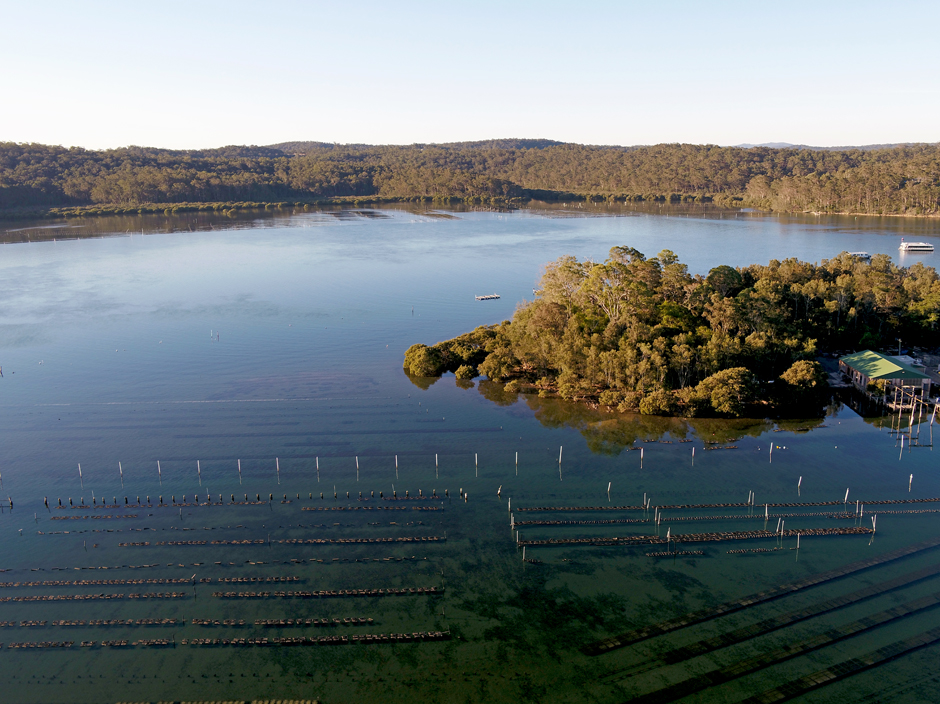 (Credit: Matthew Pierce, NSW DPI)
(Credit: Matthew Pierce, NSW DPI)With aquaculture booming, IoT may be the future of the market. Fish have been farmed for millennia but only recently has the industry achieved such a vast scale. As overexploitation and climate change threaten wild fish stocks, aquaculture is increasingly framed as an alternative that can provide a low-carbon, healthy protein source.
But, as the global population grows, the industry has the monumental task of meeting the increasing demand for seafood. In order to provide higher yields economically and sustainably, it is turning to the Internet of Things, or IoT.
IoT refers to technology that pulls data from smart sensors to the Cloud and crunches it using analytic software tools, including artificial intelligence (AI), to monitor and improve efficiency or productivity.
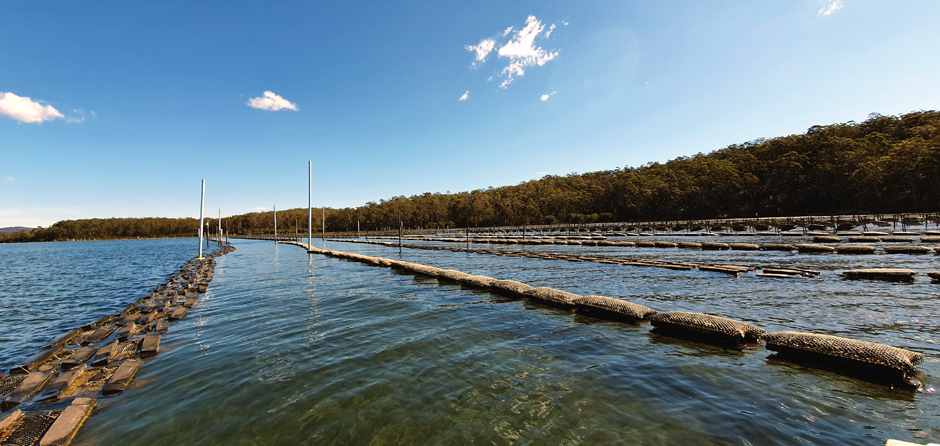
(Credit: Matthew Pierce, NSW DPI)
Scaling Up is key to Industry Success
In Australia, New South Wales (NSW) is home to the Clyde River. The estuary is famous for oyster farms that contain a series of sensors mounted on buoys. These sensors are part of the Estuary Sensor Platform, a tool built for the Climate Smart Pilots (CSP) project, which was launched in 2018. The project aims to understand how digital technology can help farmers track and respond to changing conditions through data collection and decision-making tools.
“Clyde oyster farmers face challenges such as poor access to local weather data, heatwaves, and water quality in harvest areas,” said project officer, Matt Pierce. “The Estuary Sensor Platform includes IoT sensors for salinity, temperature and an automatic weather station that provides on-farm data, a cloud-based system to store and process the data, and a dashboard for data access, visualizations and alerts. The system uses low-power, wide-area network protocol (LoRaWAN) and transmits measurements multiple times a day.”
Estuarine environments are renowned for complex weather systems that can be difficult to predict. Local, real-time data is a strong step forward, enabling confident decision-making. For example, data on salinity, temperature and rainfall can help farmers predict and prepare for harvest areas opening or closing, providing extra peace of mind.
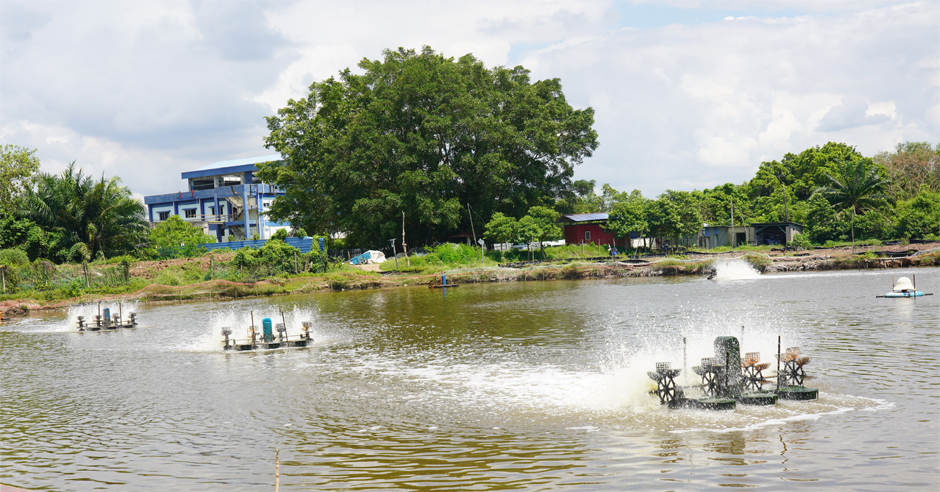
(Photo credit: Dato Prof Dr Mohamed Shariff bin Mohamed Din, Universiti Putra Malaysia)
IoT and Aquaculture Across the Globe
IoT is also taking off in Malaysia. After receiving a grant from the Malaysian Technical Standards Forum Bhd (MTSFB) to develop a proof-of-concept on aquaculture, researchers from other educational institutions began incorporating IoT. For example, the Universiti Tenaga Nasional (UNITEN) and Universiti Putra Malaysia use IoT to detect changes in water quality parameters, analyze the data and provide fish and shrimp farmers with information. Increased practice and data collection enable better decisions on farm environments. Farmers have more references in regards to the health status of fish, shrimp and feeding levels, says Ms. Dipika Roy of Universiti Putra Malaysia.
“Cutting-edge technology such as IoT, coupled with AI and image analytics, will improve environmental conditions for species to grow in and help farmers achieve a higher yield. It has a lot of potential and will be very beneficial in the future,” she said.
“If we can detect whether a certain parameter is heading toward dangerous levels, we can act quickly,” added Dr. Abdul Rashid Mohamed Shariff of Universiti Putra Malaysia. “This is a huge benefit. We also believe that IoT could draw more young people to fish and shrimp farming as they are increasingly attracted to the concept of smart aquaculture.”
Challenges to IoT-Based Aquaculture
As with any technology, IoT does not come without challenges. Deploying it can be expensive, especially for offshore and remote installations. Security and connectivity are critical to ensure that networks and data are not vulnerable to hacking or cyber-attacks. The biofouling of equipment requires regular cleaning, while parts can become lost, stolen, or caught up in debris.
Poor connectivity must also be addressed if the industry wants to digitize, says Kevin Quillien, co-founder and CTO at R3-IoT. The UK firm delivers a satellite-enabled connectivity platform that forms the foundation of any digital transformation, providing end-to-end data services from smart devices anywhere, regardless of existing infrastructure.
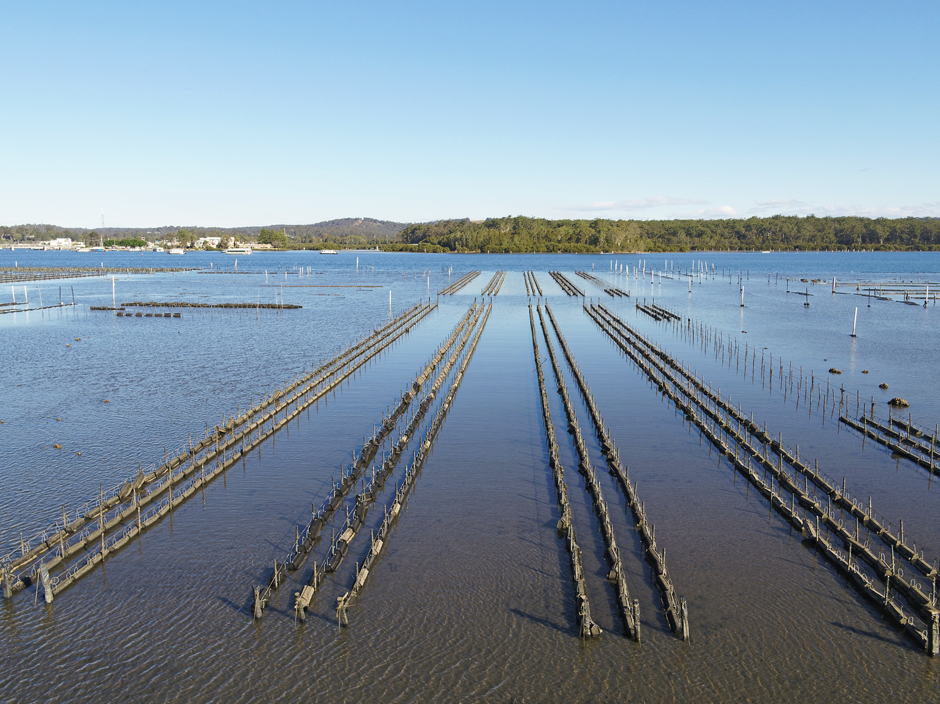
(Credit: Matthew Pierce, NSW DPI)
Developing Technical Infrastructure
Developed to help future-proof fish farms, the platform is built on an open interface to easily integrate into existing and future IT systems to provide resilient, automated data transmission.
“Digital transformation will be key to aquaculture’s progress,” said Quillien. “Smart devices which communicate timely, accurate information to operators will bring huge improvements. Digitizing operations enables local and central teams to obtain more insightful information about their sites in higher volumes, empowering them to make informed decisions, understand the cause of any issues, and improve safety and productivity. Data acquired over time can reveal deeper insights into environmental impact, feed optimization and create predictive models for better decision-making.”
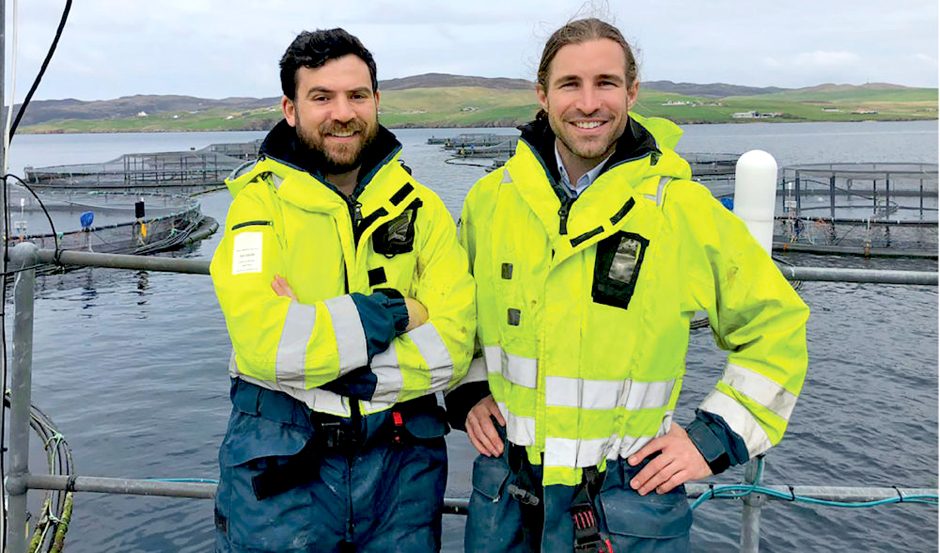
(Credit: R3-IoT)
Integration of IoT and Aquaculture is Inevitable
“It’s inevitable that digital will play a significant role in how aquaculture operates in the future – but this is dependent on having access to reliable, continuous connectivity across all sites regardless of location. Intelligent connectivity solutions are crucial to helping the industry unlock the potential of digitization.”
Aquaculture has a vital role in food security and development; therefore, streamlining processes and increasing efficiency is critical for the future of aquaculture. More relevant data will need to be collected using new technologies, but once the benefits of this are clear, the return on investment will become evident, leading to much better outcomes.




0 comments